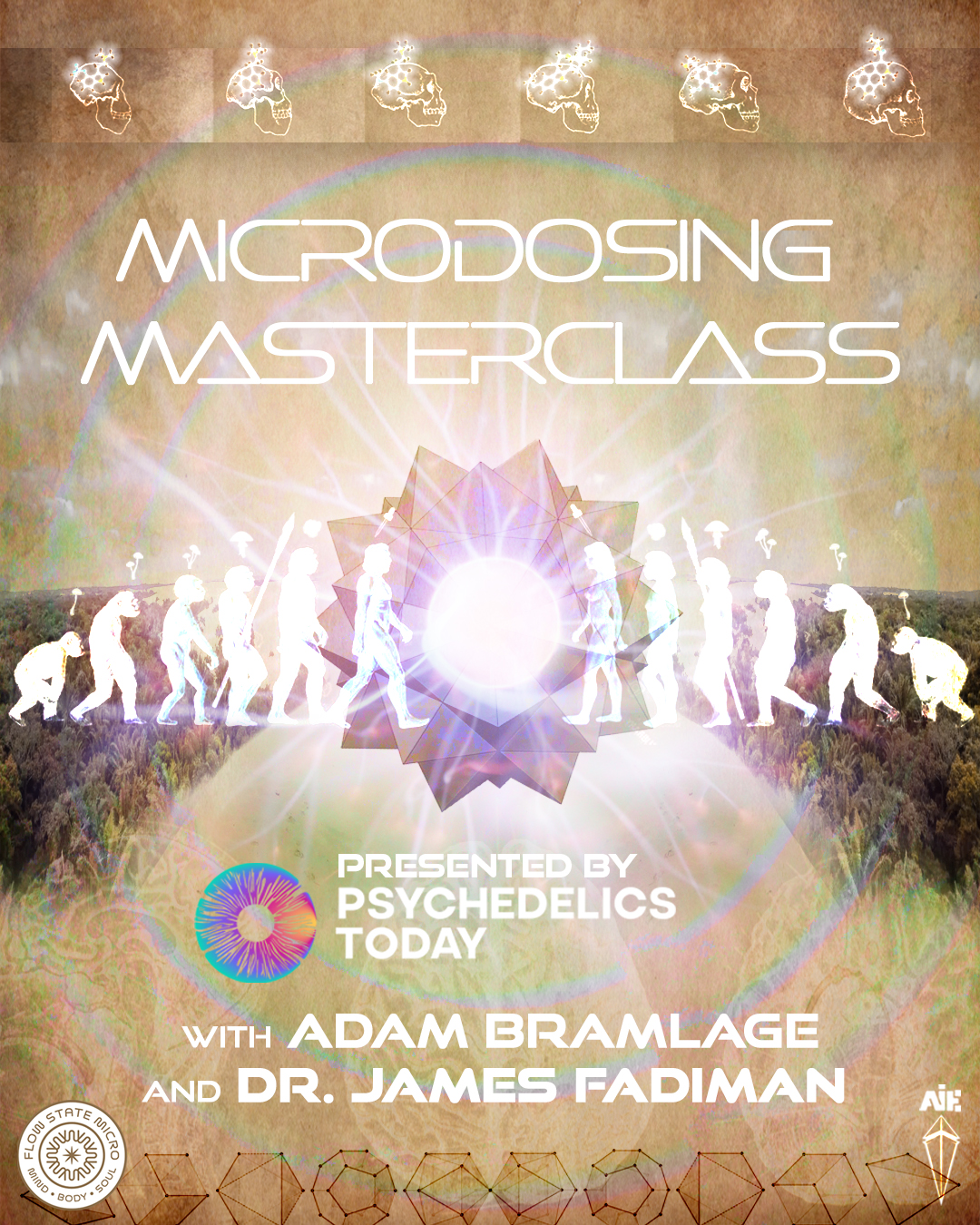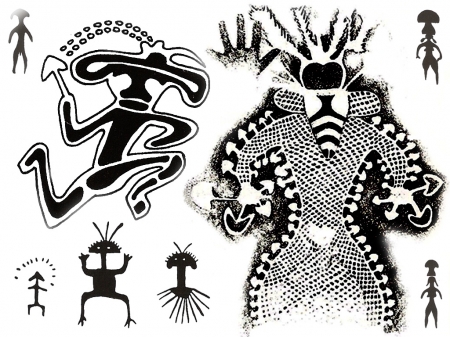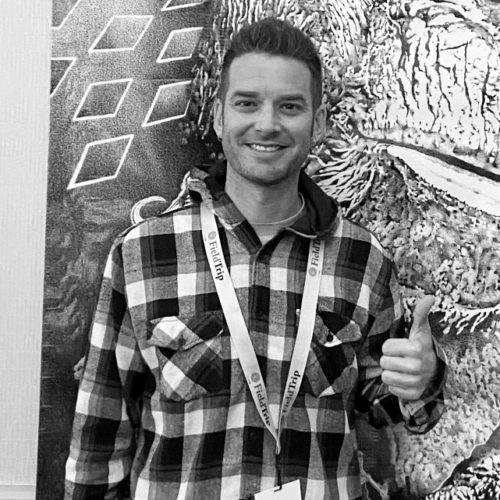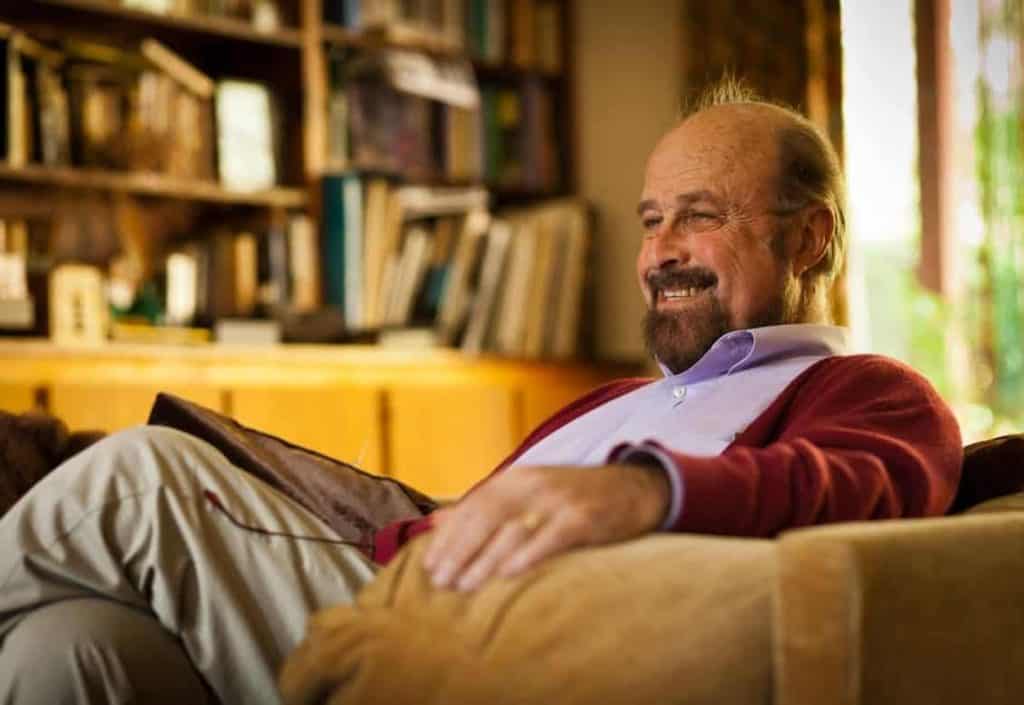
Microdosing is the practice of ingesting sub-hallucinogenic amounts of psychedelics like LSD and Psilocybin to aid in mental health, creativity, athletic performance and to alleviate conditions including, depression, migraines, chronic pain, addictions and more.
While microdosing may seem like a new trend made popular by Silicon Valley coders, it has a long ancestral history with both animals and humans providing extra energy, stamina and visual acuity. We will journey through the evolutionary roots of microdosing from animals to the stoned ape to modern times.
Microdosing Masterclass
presented by Psychedelics Today
with Adam Bramlage and Dr. James Fadiman
Investigate the history, science, and best practices for safe and effective microdosing with Psychedelics Today’s Microdosing Masterclass.
Chapter 1: The History of Microdosing
As we open the course, we’ll begin by understanding the roots of humanity and its relationship to nature. We will explore the roots of the Stoned Ape Hypothesis, Zoopharmacognosy (the process of self-medication by animals), and the theory that early Homo sapiens studied other animals to inform them of which plants and fungi to eat for food, medication, and intoxication. We will discuss the importance of the mother within the Stoned Ape Hypothesis, and how microdosing psilocybin aided in improved hunting techniques and community building. We’ll trace the relationship between microdosing and hunting dating back more than 40,000 years to the Aboriginals of Australia, and then follow its diaspora across the globe and time, from Siberia to the Bwiti and Sans Tribes of Africa and ending with the Mazatec and Raramuri Indians of Mexico.
Chapter 2: The Science of Microdosing Psychedelics
Next, we’ll navigate the science of microdosing psychedelics with the world's leading expert, psychedelic researcher and pioneer, Dr. James Fadiman. He will guide and inform our investigation of the history of psychedelics and citizen science by examining the latest research, clinical trials and self-reported microdosing studies. We will look at the scientific research on microdosing over the past 100 years, exploring how psychedelic dosages work with our brain and body. We will discuss past sub-sensorium research and studies on LSD, and Dr. Conor Murray Ph.D. will share the findings from his double-blind placebo-controlled LSD microdosing study.
Chapter 3: Microdosing Basics, Benefits and Best Practices
After exploring the history and the science, we’ll start to set the foundation for a modern microdosing practice. Together, we’ll discuss best practices, standard operating procedures, substances, along with dosages, protocols, stacks and modalities used by citizen scientists around the world to optimize their microdosing experience. We will deepen our understanding of the most important pillars of psychedelics: set, setting, and support. This education can be an essential part for safety and harm reduction. 20-40% of microdosing newcomers quit before the end of a month because of improper dosages and undesirable effects.
Chapter 4: Microdosing Applications
Finally in Chapter 4, we’ll close the container of this course with an exploration of how to apply your microdosing knowledge. We will look at the most common uses for microdosing, revisiting the benefits and the risks. We will discuss medications and contraindications, providing a detailed list for students to use in their continued studies. And we’ll discuss the growing number of anecdotal reports of microdosing to improve mental health and to aid in the reduction of pharmaceutical dependency.
Guest Faculty Presentations:
"Microdosing: the Known and Unknown" with Dr. Conor Murray
"Microdosing and Harm Reduction" with Jasmine Vridi and Joshua White
"Iboga Microdosing" with Elizabeth Bast
"Ayahuasca Microdosing" with Laura Dawn
"Microdosing and Minerals" with Hammid Jabbar and Sena Marie
"Microdosing, Veterans and Community" with JM Balbuena, Ryan Miller and Colin Wells
"Microdosing RItuals from a Scientific Perspective" with Emily Savage and Ian Bollinger

Ancient Ancestral Microdosing
Long before the birth of Christ, or the founding of Christianity years after his death, our ancestors consumed large and small doses of psychedelics. They left behind evidence many times in the form of rock paintings and carvings depicting mushroom shamans. It is time we acknowledge the use of these plants and fungi and the earliest religion Shamanism, which pre-dates most religions by thousands of years.

Adam Bramlage
Adam Bramlage is the founder of Flow State Micro, a functional mushroom company and microdosing education platform. He will be the lead educator and host as we travel through the past, present, future of microdosing psychedelics. He has had the distinct pleasure of working closely with Dr. Fadiman the last three years. Bramlage's Microdosing 101 online course was voted "Top Ten Wellness Product" of 2021 by Gear Report Magazine.

Dr. James Fadiman, Ph.D
The father of modern microdosing, James Fadiman, will join us and will discuss the early days of psychedelic research, the beginnings of modern microdosing and his thoughts on "citizen science" and psychedelics in sub hallucinatory doses. Fadiman has been called the "most reliable name in psychedelics", and began his career in the 1960's doing large dose LSD research on creativity in Menlo Park, California. Fadiman is the author of the book, "The Psychedelic Explorer's Guide", the first book to discuss the practice of using psychedelics in sub hallucinatory doses. This book and Dr. Fadiman's "citizen science" based research and data collection over the last 14 years has helped to fuel the current microdosing movement.
Course Outline
- Welcome to the Microdosing Masterclass
- Microdosing: The Known and Unknown with Dr. Conor H. Murray Ph.D (32:04)
- Psychedelics, Harm Reduction and Microdosing with Jasmine Virdi and Joshua White (30:38)
- Microdosing and Minerals with Hammid Jabbar and Sena Maria (27:28)
- Veterans, Microdosing and Community with JM Balbuena, Colin Wells and Ryan Miller (42:21)
- Microdosing Rituals from a Scientific Perspective with Emily Savage and Ian Bollinger (30:05)
- Iboga Microdosing with Elizabeth Bast (45:07)
- Ayahuasca Microdosing with Laura Dawn (28:17)
- Introduction (8:20)
- Stoned Ape Hypothesis (32:24)
- Zoopharmacognosy Part 1 (12:26)
- Zoopharmacognosy Part 2 (12:02)
- Zoopharmacognosy Part 3 (7:18)
- Austrailian Aboriginal Microdosing (9:50)
- Ancient African Microdosing (6:14)
- Mazatec Microdosing in Mexico (4:43)
- Raraumuri and Huichol Microdosing in Mexico (12:30)
- Early LSD Microdosing Research (11:32)
- Modern Microdosing Movement (10:27)
- Microdosing Defined (6:39)
- The Science of Microdosing (11:08)
- Current Microdosing Studies (21:28)
- Risks and Contraindications (9:05)
- Microdosing Substances (8:05)
- Microdosing Dosages (3:24)
- Tolerance (6:14)
- Microdosing Protocols (6:40)
- Stacks and Stacking (2:48)
- Best Practices (7:30)
- Dr. James Fadiman Ph.D Part 1 (26:17)
- Dr. James Fadiman Ph.D Part 2 (31:12)
Why do people microdose?
The most popular justification for microdosing according to Torstein Passe MD is "better performance, to allow more creative thinking, to help focus and open the mind to new and unconventional solutions.
The second most popular justification for microdosing according to Dr. Passe is to "help relieve pathological conditions such as anxiety and depression."
The third most popular justification for microdosing according to Dr. Passe's research was to help people come off other psychopharmaceuticals, a process that has been claimed to be considerably eased by microdosing.

